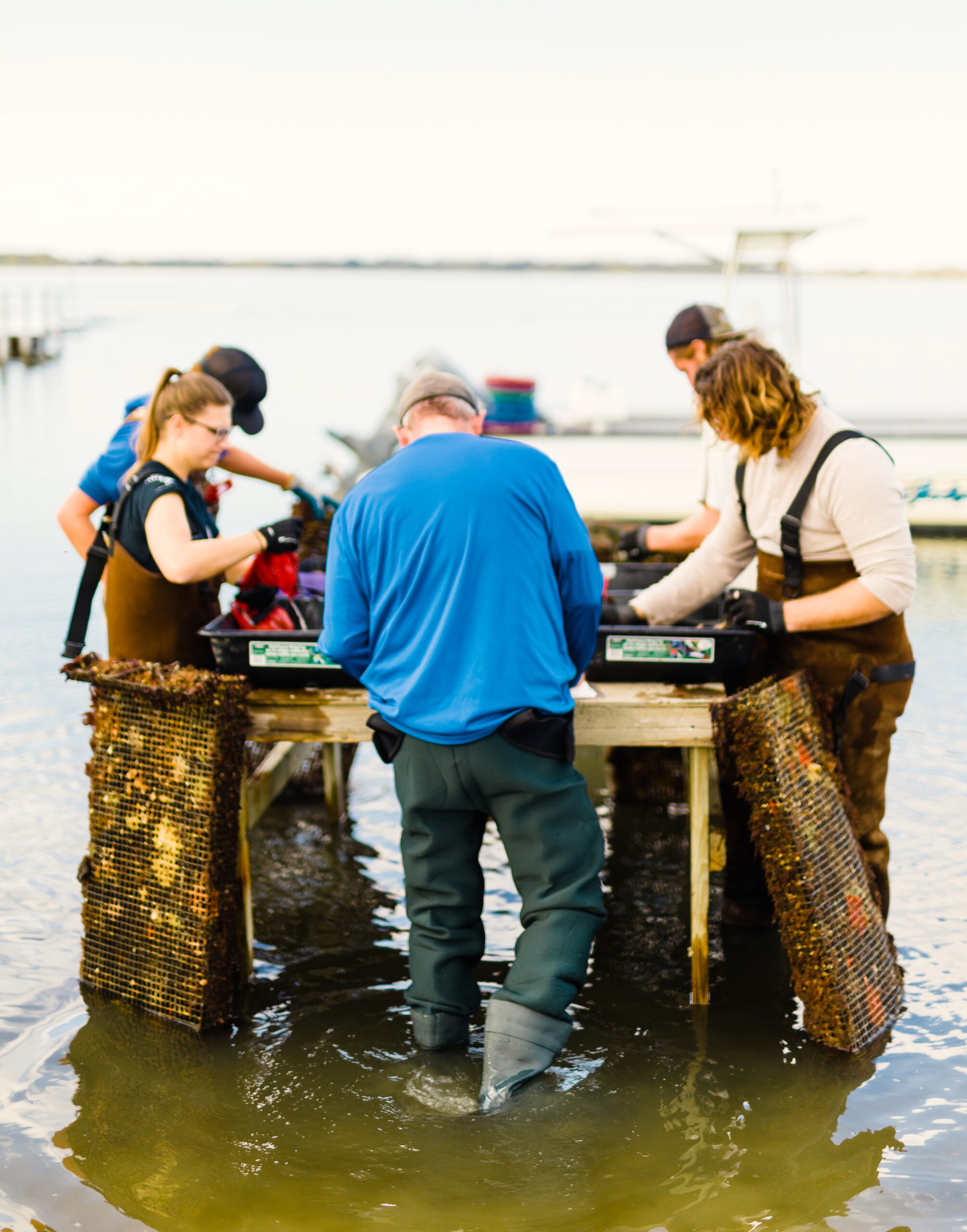


This shortage is a result of the closing of oyster canneries and most shucking, as well as an increase in popularity of backyard oyster roasts and by-the-bushel retail sales. The reef we build will lead to cleaner, safer and purer water for all to enjoy.”Īccording to the DNR, there is currently a critical shortage of oyster shells that can be used for planting purposes and sustaining oyster habitat. This initiative allows us to combine our passion for the environment with service to the community. Project leader Matt Welsh, a junior business administration major says, “As a top tourist destination, environmental sustainability is essential for Charleston and the surrounding area. Replanting shells during the warmer water seasons is part of the cycle for maintaining the resource by providing a substrate for oyster spat to attach. Department of Natural Resources (DNR) employees to regenerate the depleted oyster beds by positioning 300 bags of recycled oyster shells. Once the oysters have repopulated, this reef will add an additional three million gallons of water filtration per day for the waterways in Ace Basin. on Saturday, Apto help cultivate and restore critical oyster beds.
#Students oyster spat free
And the different oyster families do look and “behave” differently – some grow quickly and some grow slowly, and some survive predators better than others.A 12-member Students In Free Enterprise (SIFE) team from the College of Charleston will travel to Ace Basin, S.C.

We’re still processing and analyzing the data from Tile 2.0, but it looks like which site is the best depends on what you’re measuring – the best place for survival is not always the best place for growth. Whew – that was pretty mixed bag of metaphors! But you get the idea. Augustine.īy putting out tiles from each family at sites across this same geographic range (FL to NC), we can tell if some sites or regions are inherently better than others for oysters (for instance, as I’m currently learning first-hand, there’s a reason that everyone wants to spend the winter in FL!), or if some families are naturally better than others (think Family Feud with oysters), or if the oysters that came from a particular site do best at that site, but not in other places (like the ‘home field advantage’ that recently helped Maryland beat Duke in basketball). (If you don’t remember and want to check it out, go here.)Įvan and Tanya admiring our work after we deployed the first reef in St. These are the sorts of crazy job skills that don’t go on a standard resume!Īny of you who have been following the blog for a while may remember the craziness of the our first NSF tile experiment (Tile 1.0) in the fall of 2010, which involved collecting lots of juvenile oysters (“spat”) that had recently settled in the field, bringing them back to the lab, and using a dremel to carefully separate that from the shell they settled on. In doing this lots and lots of times, we’ve learned who in the lab has a special knack for placing small drops of marine glue – Zspar (which you can see in the video) – on tiles, and who is better at adding the oysters so that the 2 valves of their shells don’t get glued shut. Our method of choice for this task is to glue the oysters to standardized tiles, place some in cages to protect them from predators, leave the rest to fend for themselves, and then put them in the field and see what happens over time. One of the primary goals of several projects in our labs involves figuring out where oysters grow and survive the best, and if they don’t survive, why not? Sounds pretty basic, and it is, but by doing this across lots of sites/environments, we can start to detect general patterns and identify important factors for oyster growth and survival that maybe we didn’t appreciate before.
#Students oyster spat full
An “open” cage, with full predator access.


 0 kommentar(er)
0 kommentar(er)
